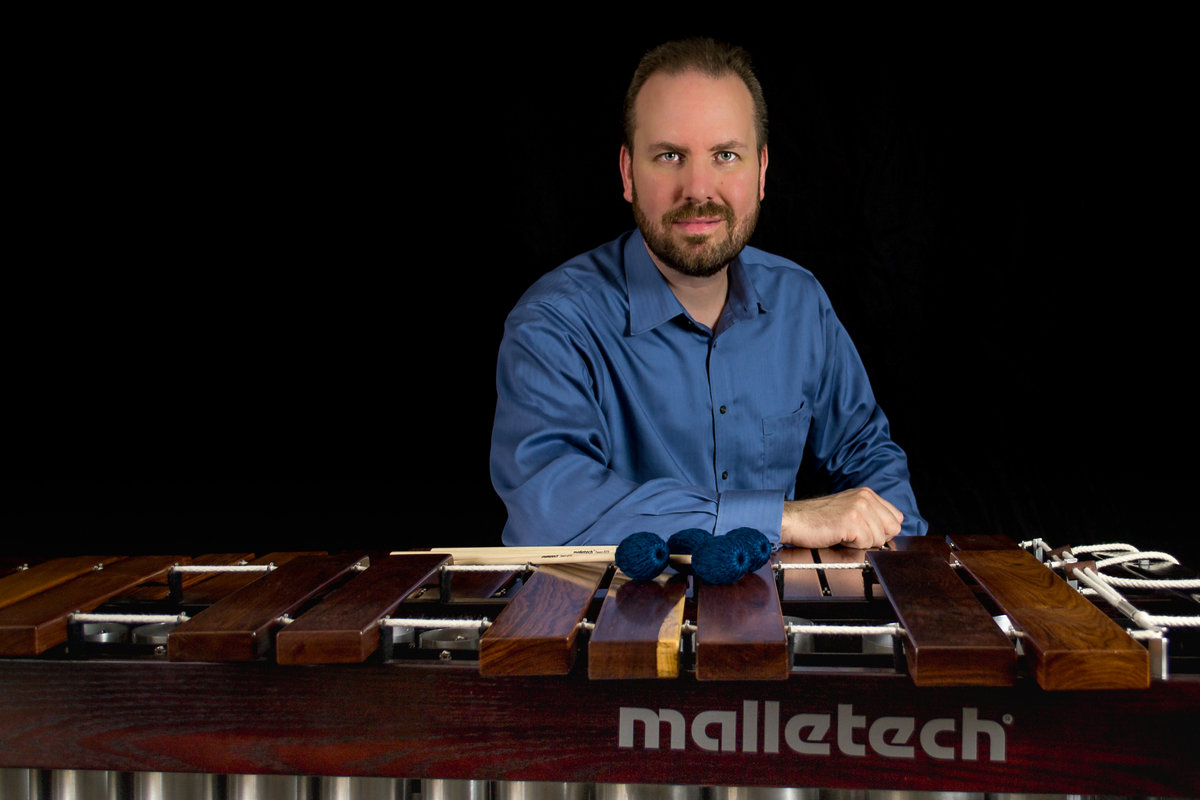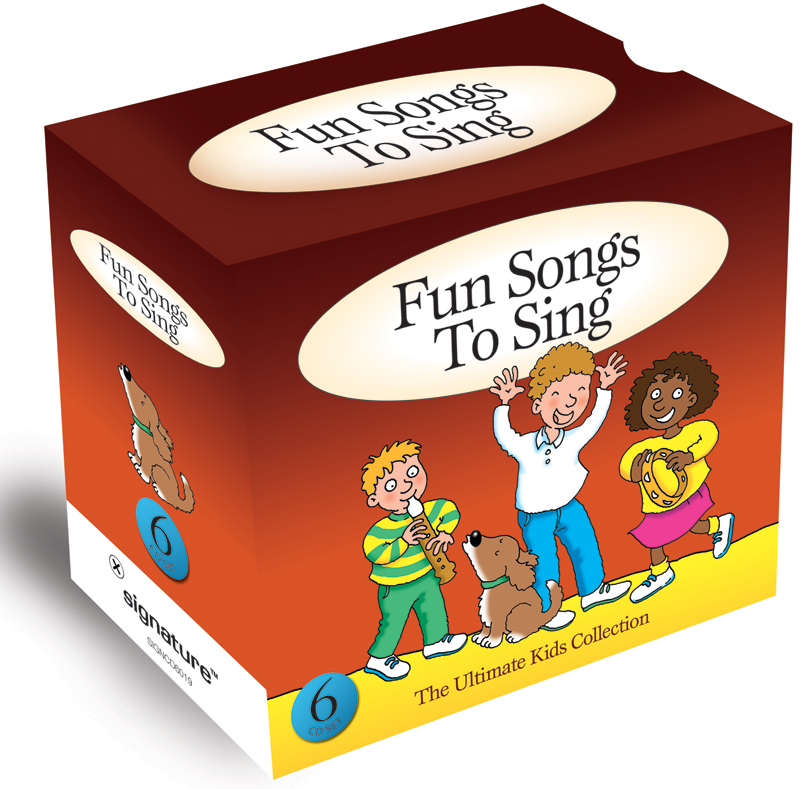

“We played a benefit party after the premiere of Hello Dolly, and we opened with an arrangement of Burt’s I’ll Never Fall In Love Again. It was on and off the US charts for six months, finally peaking at 54.Įarly fans included Burt Bacharach. Released in 1969, it wasn’t a hit, but it wasn’t a flop either. Richard slowed it down, changed the melody and altered chords. Their first single was a cover of the Beatles’ Ticket To Ride. And A&M’s philosophy was to let the act do what they want.” “Most A&R men were looking for the next Dylan or Beatles but when Herb signed the Carpenters we had a sound of our own. They were signed by Herb Alpert’s A&M label. He spent hours experimenting in friend Joe Osborn’s garage studio, over-dubbing his and Karen’s voices to create a unique choral sound. “If it didn’t, it surprised me until I realised it was because the arrangement wasn’t right.” Growing up he realised he could hear a song and tell if it’d chart.

I was into the Top 40 by the time I was three.”

“But Karen’s voice had real potential and by the time she was 18 she pretty much had the sound.” “I wasn’t a born jazz pianist and I knew damn well I’d never be a first-class concert pianist but I had other skills,” he says. They followed this with rock group Spectrum, before being a brother-sister duo in ’68. He played piano, Karen, then 16, drummed, and Wes Jacobs played upright bass and tuba. He formed his first combo, the “light-jazz”-orientated Richard Carpenter Trio in 1966, after the family moved from New Haven, Connecticut, to Downey, Los Angeles. You’ve got to deal with Karen’s anorexia by late 1973, and you have to deal with my use of Quaaludes.” “I didn’t want it to be yet another authorised biography where a famous person never admits to a single mistake,” says Richard. New official book, Carpenters: The Musical Legacy, packs in stories about their songs and Karen’s detailed itineraries of their tours, but doesn’t shy away from the darker side.


 0 kommentar(er)
0 kommentar(er)
